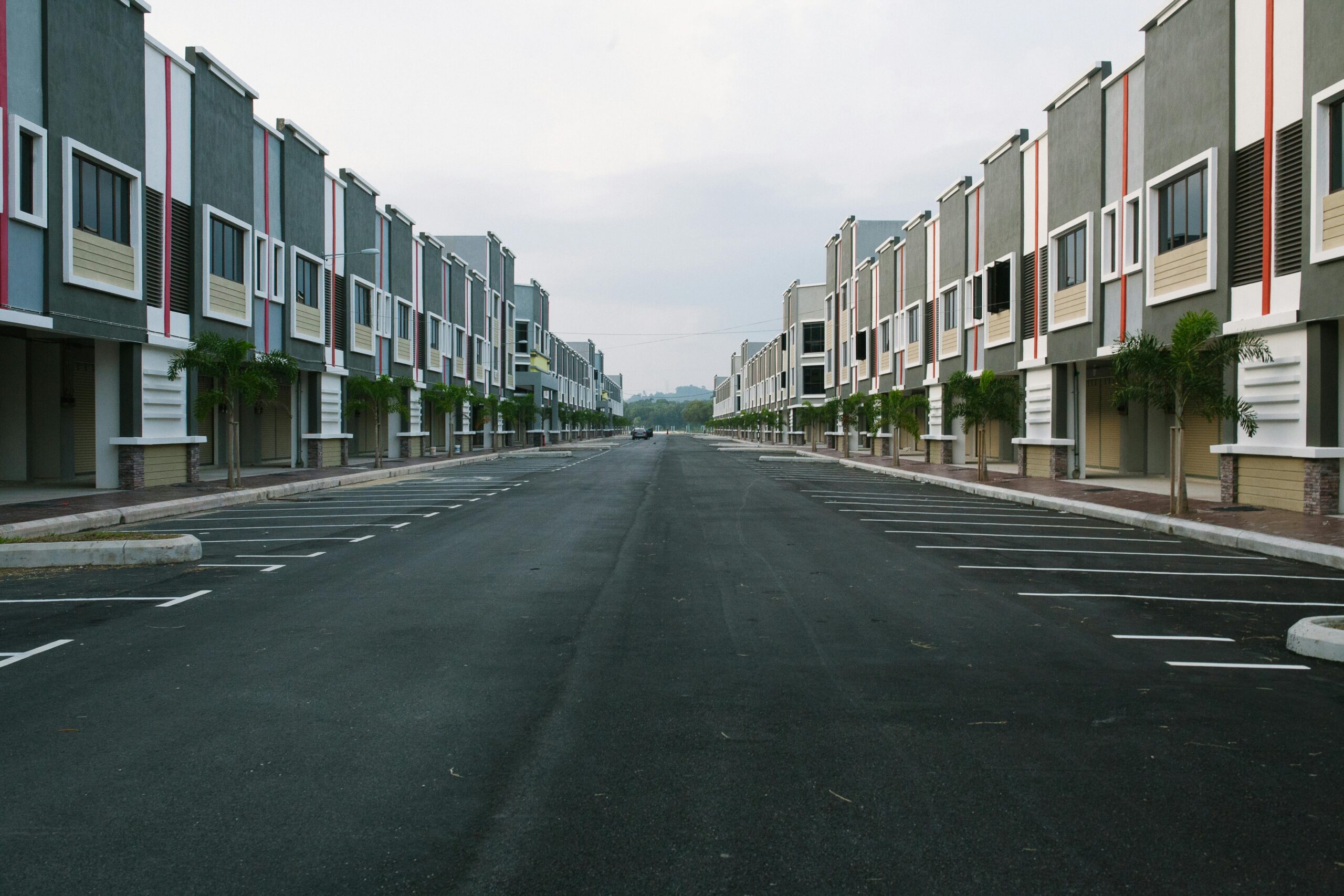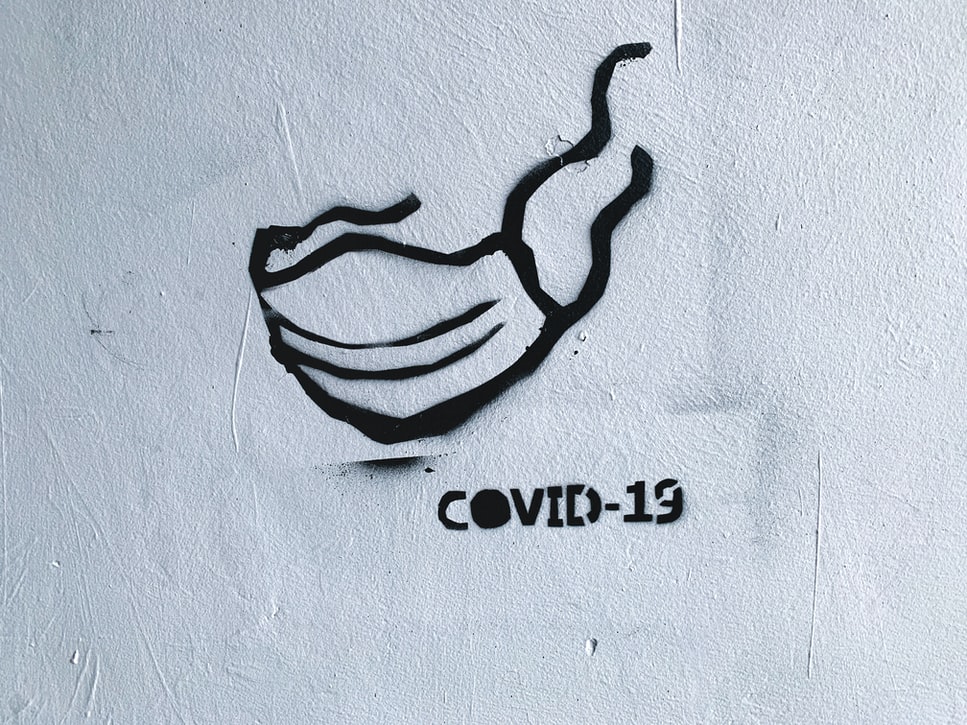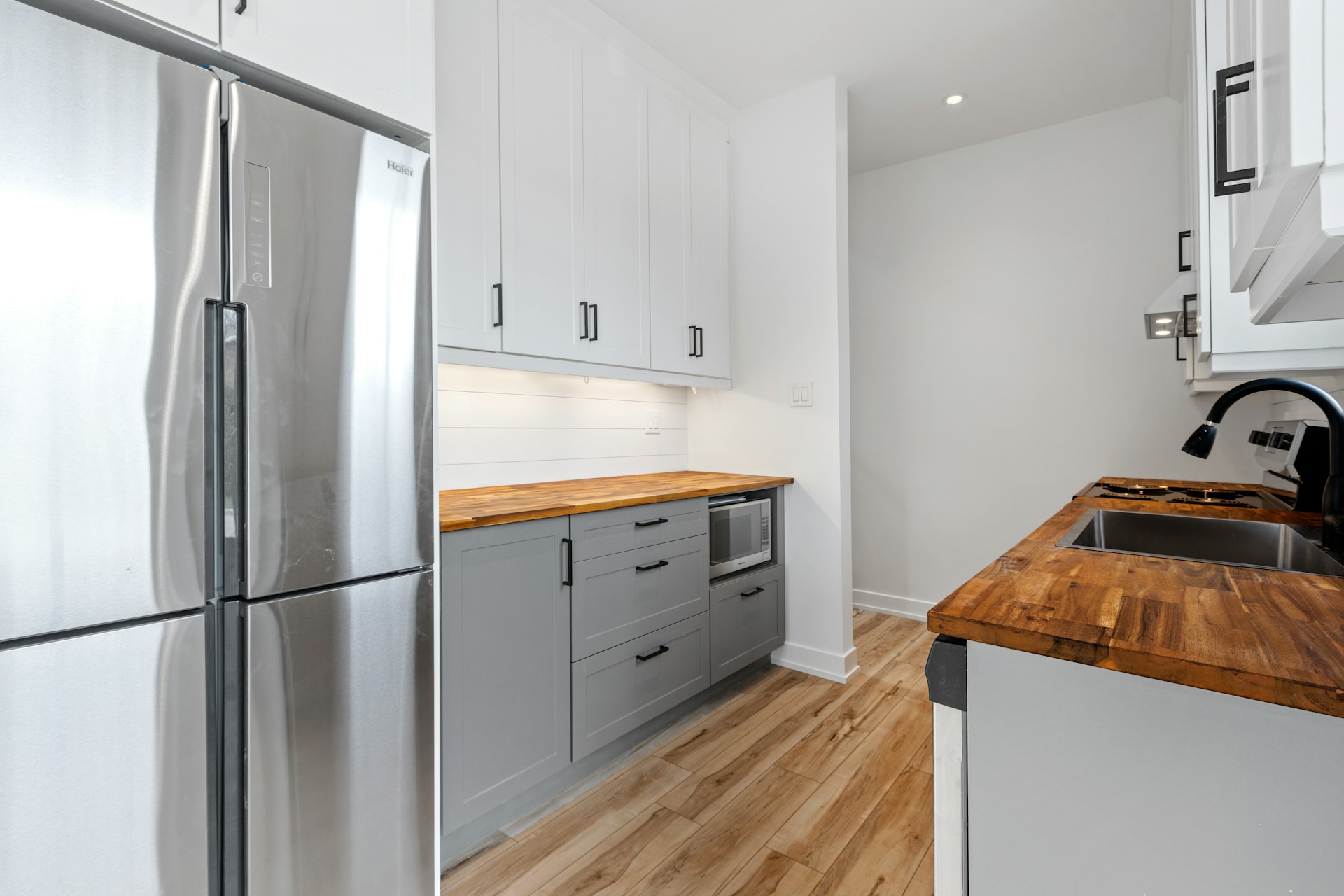Every few months I receive questions about different types of condominiums. Differentiating between various types of condo ownership can be confusing for consumers, especially when it comes to the POTL (Parcel of Tied Land) and Vacant Land Condo. These two styles have many things in common, along with some important differences:
The POTL (Parcel of Tied Land) and Vacant Land Condo are just two of the many types of condominiums. In both of these cases, homeowners own the brick-and-mortar components of their home and are responsible for their own interior and exterior maintenance. POTLs and Vacant Land Condos are also both “common elements condominiums”, which means homeowners pay a monthly fee to maintain any shared amenities within the complex. These may include such things as streets and sidewalks, tennis courts, parkettes and community centers.
The differences between a POTL and a Vacant Land Condo emerge when you look at the land they sit on.
A POTL (Parcel of Tied Land) is an ownership style typically found in townhome-style developments. A POTL unit includes a townhouse and the dirt directly below it, but often not a blade of grass beyond that; typically the yard is a common element of the condo corporation. In a POTL, each unit is permanently “tied” to an interest in the amenities that the condo corporation manages (such as parking lots, access roads, sidewalks, parks and playgrounds). Because of its location within the complex, the unit is inseparable from its share of the common elements. You can’t buy or sell one without the other, and both are assumed at the same time.
As its name implies, a Vacant Land Condo is a piece of bare land that is sold and used to construct homes. In this type of ownership, a corporation can register the land and may sell it to a buyer before anything is built on it. If a homeowner buys the unit prior to construction, they may have a say in the nature of the house that will be built on the site. Vacant Land Condos are unique in that they typically offer owners the ability to personalize the outside of their house, within the developer’s parameters, as they can with a freehold home. When a vacant land condo complex is complete, it looks pretty much like a regular subdivision. Because homeowners are responsible for their own property maintenance, the fees associated with vacant land condos tend to be lower than with other condo types, and tend to stay fixed for longer periods of time, supporting things like street maintenance and neighbourhood upkeep.
PRO TIP: The Vacant Land Condo and POTL are just two forms of condominium styles in existence – there are many other variations! When purchasing a condo, always check with your Realtor for clarity regarding exactly what type of property you are buying, and the rules or obligations associated with it. #Advice #AskDavid #TheNegotiator
David is a top-selling Broker in Kitchener-Waterloo Region. He works personally with you when selling or buying your home. Call or text today for your free home evaluation! 519-577-1212.











